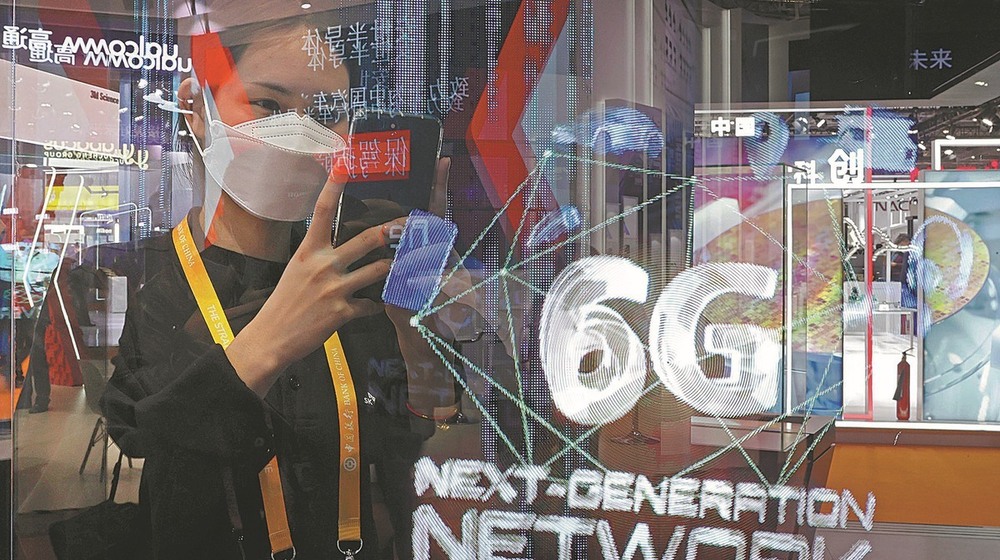
A group of Japanese firms recently showcased the world’s first high-speed 6G prototype device, boasting data transmission rates of an impressive 100 gigabits per second (Gbps) over distances exceeding 300 feet. This marks a 20-fold increase in speed compared to existing 5G technologies.
This prototype is the outcome of a joint effort by some of Japan’s top telecommunications companies, including DOCOMO, NTT Corporation, NEC Corporation, and Fujitsu.
On April 11th, the consortium shared the results of their successful tests, revealing that the prototype can reach speeds of 100 Gbps both indoors using the 100 gigahertz (GHz) frequency band and outdoors with the 300 GHz band.
According to the consortium representatives, the 6G transmission was tested over a distance of 328 feet (100 meters).
Although the speeds achieved are notably high, tempering expectations is important. The 6G technology was tested using just a single device and isn’t yet ready for commercial deployment. Additionally, this network technology comes with its own set of challenges.
Currently, 5G stands as the benchmark for high-speed connectivity, with a theoretical maximum of 10 Gbps. Yet, the speeds seen by users, such as T-Mobile subscribers in the U.S., average around 200 megabits per second (Mbps).
One significant factor contributing to these lower speeds is the use of higher frequency bands in 5G networks. While these frequencies can enable faster data transmission, they also have limitations such as reduced range and limited capacity to penetrate objects to let signals pass through.
6G goes beyond the technology used in 5G by utilizing even higher frequency bands. This means 6G devices might struggle to receive the frequencies needed for faster data transfers.
For example, the testing for 6G occurred at distances greater than 328 feet (100 meters). Elements such as walls and even rainfall can greatly interfere with the signal strength of 6G.
Therefore, while the promise of 6G may be massive, its real-world application remains to be seen.